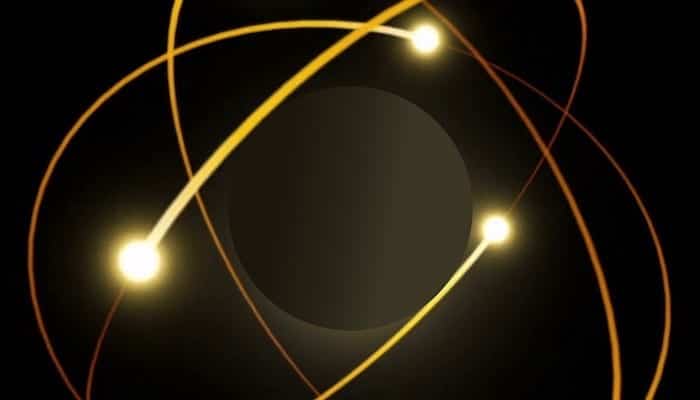Physiology Philes: Cardiac Action Potential
aka BSCC Physiology 004
We review how a generic action potential is generated, how a small electrical impulse stimulates the opening of fast and numerous sodium channels, allowing a swamping of the exterior of the cell membrane with positively charged ions, and a depolarisation.
These channels close, and time-gated potassium channels open, bringing the cell membrane back to its initial, depolarized, negative state. The action potential of a cardiac myocyte (non-pacemaker) requires the addition of calcium channels, plus a delay in opening of potassium channels.
We follow the cardiac action potential, through phase 0 – rapid Na influx; phase 1 – initial small repolarization as the Na channels shut; prolonged plateau phase 2 whereby the depolarisation is suspended, whilst Ca flows inside the cell, balancing the K going out; phase 3 where the Ca channels finish up, but the delayed K channels do their usual depolarising work; then phase 4 at resting membrane potential.
We look at what makes the effective refractory period, and why it’s important, and then look at our clinical correlate, allowing us to understand the roles of the differing antiarrhythmics.
References
- Kapit W. The Physiology Colouring Book
- Smith SW. The ECG in Acute MI. LWW

Basic Science
in Clinical Context
Emergency physician. Lives for teaching and loves clinical work, but with social media, she is like the syndromic cousin in the corner who gets brought out and patted on the head once in a while | Literary Medicine | @eleytherius | Website |
